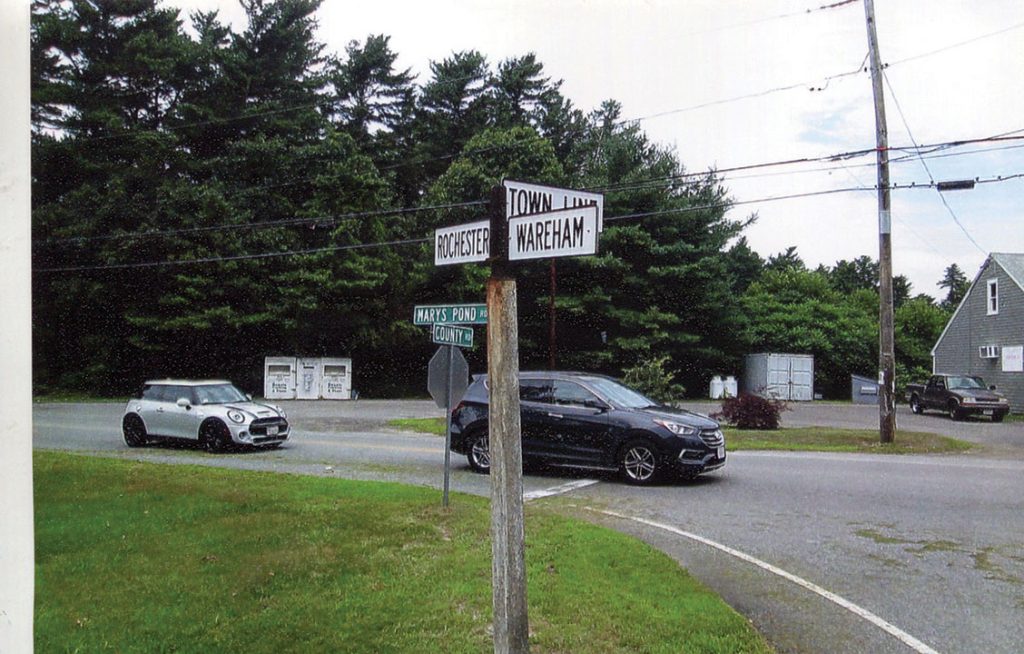In last week’s article, I wrote about the creation of Rochester’s 2nd Precinct in 1735 which involved the Mattapoisett section of Old Rochester having its own church and parish. A more disruptive separation occurred in 1739. The” Inhabitants of the East End of the Town of Rochester and the Inhabitants of a plantation called Agawam being in the Town of Plymouth” petitioned the General Court to pass an act that would set them off in a “Constituted and Erected distinct and Separate Township by the name of Wareham”.
The act for “dividing the town of Rochester and Plymouth in the County of Plymouth in order to create Wareham does not cite any specific reasons, but rather refers to “great Difficulties” that those inhabitants “laboured under”. One would assume that not unlike Mattapoisett, distance from the center of Rochester, the seat of both government and church could have been one of those difficulties.
In addition to the creation of the new town, a parish division also took place. A new church was created in Wareham by 33 members “dismissed by the First Church of Rochester”. There doesn’t seem to be any reason given for dismissal.
The bill to create Wareham that was passed July 6, 1739, and consented to by then Governor Belcher on July 10, 1739, provided the inhabitants of the new town with all the “Powers, Privileges, and Immunities” that those of other towns possessed. While this separation went quite smoothly, the division of the religious congregants did not.
Around 1770, the town of Wareham employed Ebeneezer Briggs as its agent to argue in court that it should receive its share of the “Ministry Lands”. The town won its case in court. The Court ruled that the “Wareham Precinct” part is to ” the whole 1103 to 5728 (exclusive of Friends and Baptists) and entitled to the “Minister’s Land lying in their said town and in Horseneck”.
The separation of the Wareham lands brought a larger change than the creation of the 2nd Precinct because Old Rochester lost a large piece of the town’s property. The villages of Tremont, Tihonet, South Wareham, Wareham Center and part of the Narrows went from being in Rochester to being in Wareham.
It’s important to note that the new town and the old maintained cordial relations and Wareham played a large role in both the 200th and 250th anniversary celebrations of Old Rochester.
By Connie Eshbach
